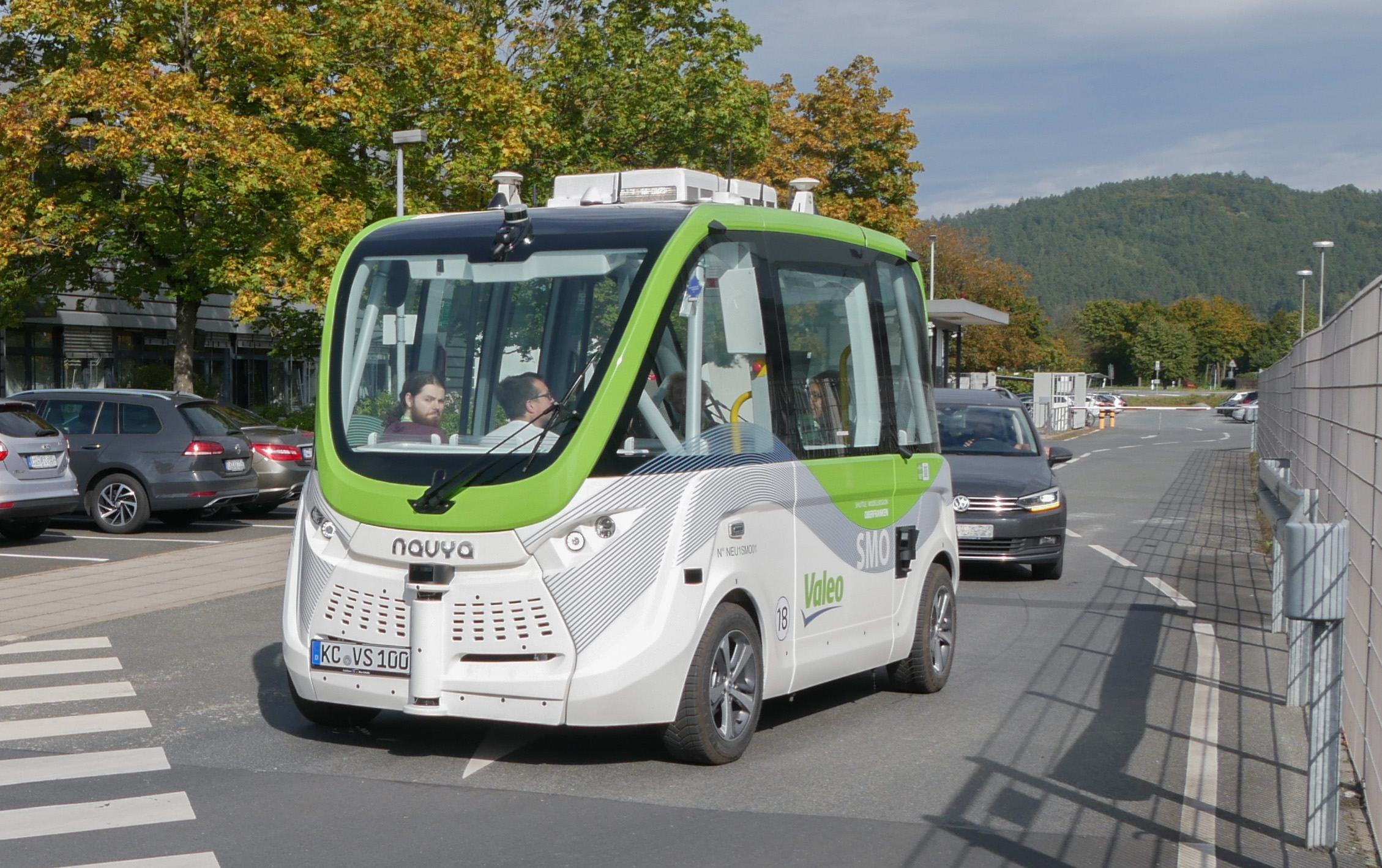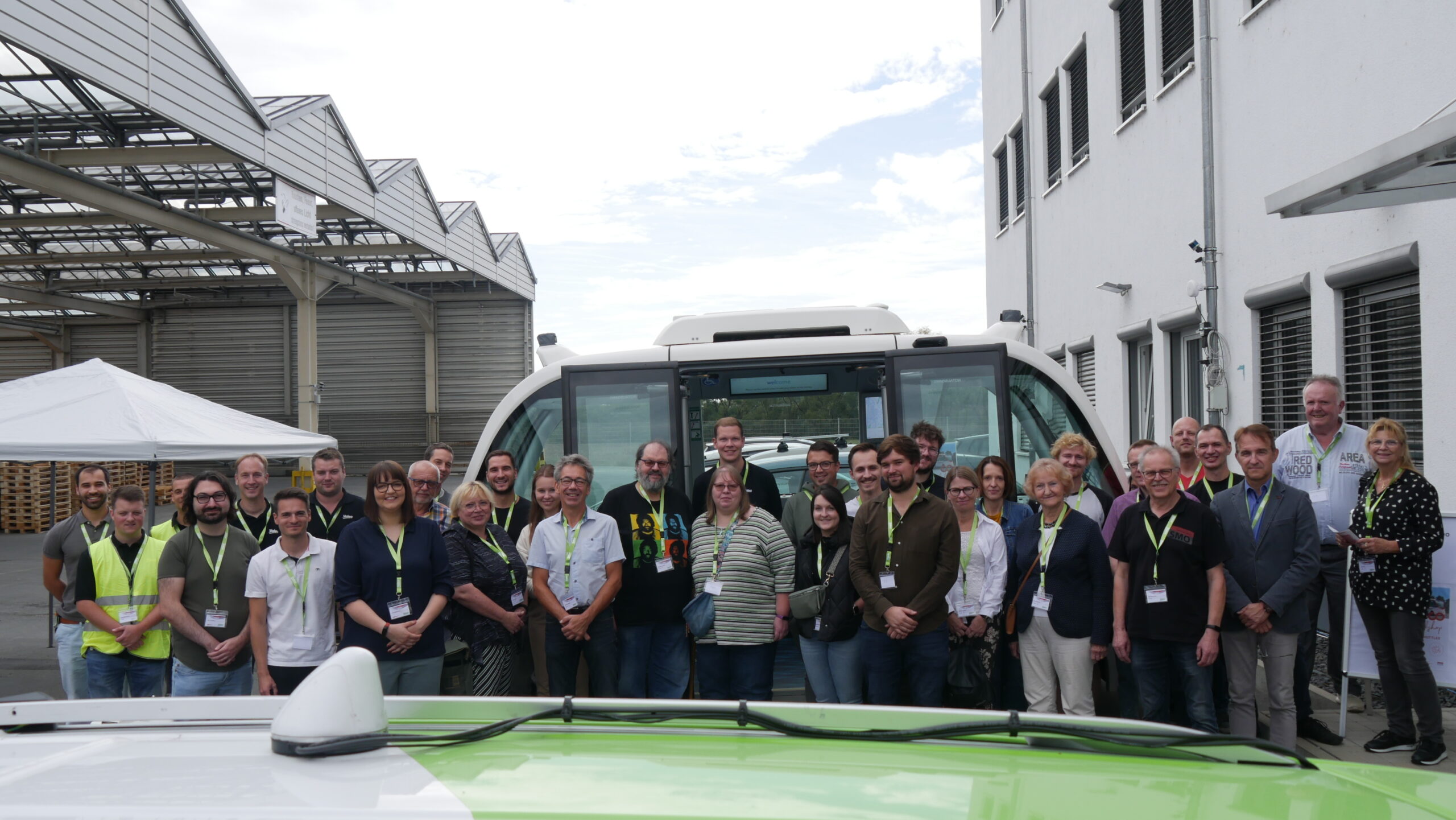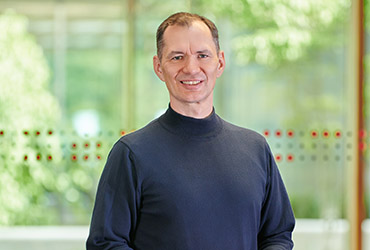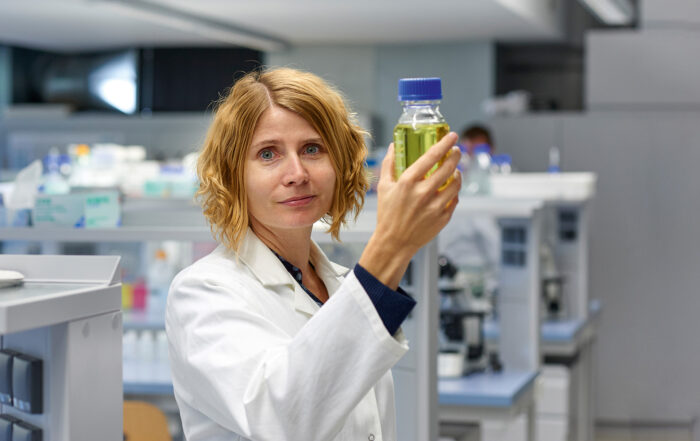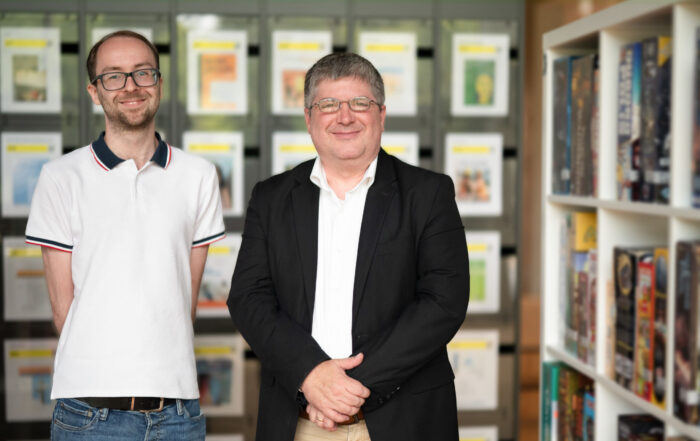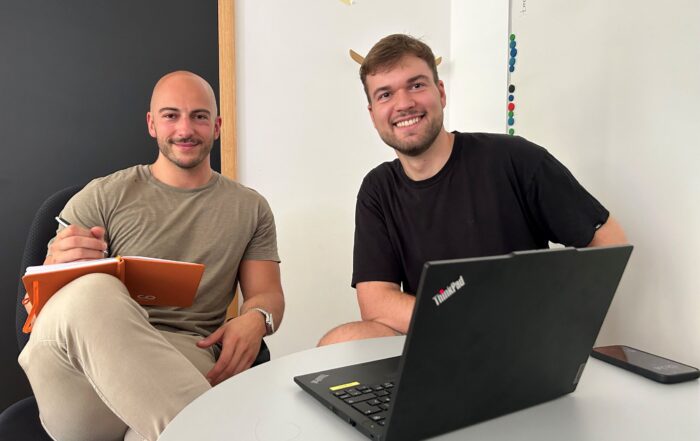1. March '24
As a supplement to buses and trains, automated vehicles in public transport can make an important contribution to the transport revolution – provided that people feel safe and comfortable, even when there is no driver on board.
This is why the feeling of safety is an important topic in research into the integration of automated shuttles into public transport.
Coburg University of Applied Sciences is providing new findings in this area.
Fear of crime and harassment are the main reasons why people on public transport do not find automated buses as safe as traditional buses with a driver – at least according to a study from Texas.
The concerns were mainly expressed by women, particularly with regard to night-time travel.
However, a study in Pennsylvania found that there is greater concern about technical defects.
The scientific contributions on the feeling of safety in automated vehicles are not yet clear and usually have a serious disadvantage: the perception of users is purely hypothetical.
They have never sat in such a vehicle.
This is where a new study by Coburg University of Applied Sciences differs from previous studies: How safe passengers feel was determined in Upper Franconia on the basis of an actual journey in an autonomous shuttle bus.
Upper Franconia is a leading region in research into autonomous driving.
Coburg University of Applied Sciences is not only represented at the Kronach study location with the Master of Autonomous Driving (Master of Engineering), but is also involved in the Shuttle Model Region Upper Franconia (SMO) project, which is funded by the Federal Ministry for Digital and Transport Affairs.
Here, various application scenarios for automated shuttle buses are being investigated in model municipalities.
Coburg University of Applied Sciences is focusing on aspects such as citizen participation and safety.
At the end of last year, 25 members of the public took part in a test drive on the company premises of Valeo in Kronach-Neuses, the consortium leader of the SMO project.
The shuttle bus was fully automated, without any accompanying personnel who could have intervened.
Everyday traffic situations were simulated, such as heavy braking at a crosswalk and a scooter driver crossing the road.
Good experience: test drive alleviates fears
The test subjects were interviewed before and after the ride.
“A test drive often has the effect of reducing most reservations about the shuttle,” says Prof. Dr. Mathias Wilde from theFaculty of Mechanical and Automotive Engineering at Coburg University of Applied Sciences.
“The direct experience alleviates fears and strengthens confidence in the technology,” explains the Professor of Networked Mobility.
In fact, most of the test subjects in Kronach stated that the driving experience had improved their sense of safety.
The speed of eight kilometers per hour, the strict regulations in Germany and testing bodies such as TÜV also conveyed a sense of security.
“The test subjects value transparency and want to understand what processes take place and the reasons behind the shuttle’s actions,” says Wilde.
“This knowledge gives them the feeling of being actively involved and informed.”
However, unsettling factors were also identified, such as the jerky starting and heavy braking of the shuttles and the lack of head restraints, and external factors were also mentioned: Driving alone or unpleasant passengers, darkness, poor weather conditions, complex traffic environments such as larger cities and rush hour traffic.
Test subjects do not want to feel that they are at the mercy of the technology
Together with his team, Wilde developed suggestions for improvement in a workshop with the test subjects.
The focus was on both technical and social factors.
Overall, the test ride showed that the test subjects did not want to feel that they were left alone or at the mercy of the technology.
The test subjects stated that they would need an emergency stop button, a defined and tested route and remote monitoring from the control center to ensure a high level of safety when driving without an attendant.
“Many people want fast and reliable communication with a human being,” says Wilde.
“Video transmission to the control center is ideal. Such a solution would increase the feeling of safety and reduce the feeling of helplessness.”


